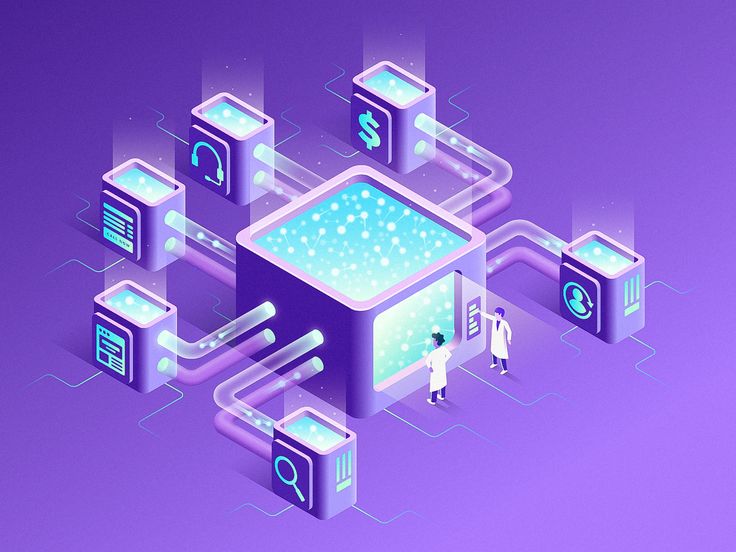In today’s data-driven world, the fields of analytics and data science are crucial for businesses looking to make informed decisions and gain a competitive edge. While these fields share similarities, they are distinct in terms of their goals, methods, and scope of work. If you’re considering a career in either field or are trying to understand the differences between the two, it’s important to know what sets them apart. Let’s explore the key differences between working in analytics and data science.
1. Focus and Purpose
At its core, analytics is focused on analyzing past data to understand trends and make decisions based on historical insights. The goal is typically to answer specific business questions, such as “What happened?” and “Why did it happen?” Analytics is often about optimizing processes and improving efficiency by using data that has already been collected.
Data science, on the other hand, is more forward-looking. It focuses on using data to predict future outcomes or trends. Data scientists use complex algorithms, machine learning, and statistical models to answer questions like “What will happen?” or “How can we make it happen?” Data science often involves building predictive models and performing experiments to test hypotheses.
2. Methods and Techniques
The methods used in analytics are generally more straightforward. They often involve descriptive statistics, reporting, and basic visualizations like graphs and charts. Analytics tools like Excel, SQL, and business intelligence (BI) tools (e.g., Tableau, Power BI) are commonly used to extract insights from historical data and present them in an easy-to-understand format.
In data science, the methods are much more advanced and involve sophisticated techniques like machine learning, deep learning, and natural language processing. Data scientists work with large datasets, and they need to be proficient in programming languages like Python, R, and SQL, as well as frameworks like TensorFlow or PyTorch. They use algorithms to build predictive models, perform clustering, and even automate decisions.
3. Skill Sets Required
A career in analytics typically requires a strong foundation in statistics, data visualization, and a good understanding of business processes. Professionals in analytics need to be able to interpret data, identify trends, and present their findings to stakeholders in a way that drives decision-making. Skills in Excel, SQL, and BI tools are often sufficient for many roles in analytics.
Data science, however, requires a broader set of technical skills. Beyond statistics, data scientists must have a deep understanding of programming and machine learning. They need to be comfortable with coding and be able to work with large, unstructured data. Knowledge of algorithms, data preprocessing, and software engineering practices are crucial for data science professionals.
4. Data Complexity
Analytics tends to deal with structured data — that is, data that is already organized and can be easily stored in rows and columns, like customer transaction records or sales data. The goal of analytics is to extract actionable insights from this structured data.
Data science, in contrast, often involves working with more complex and unstructured data. This can include text, images, videos, and even sensor data. Data scientists need to clean, preprocess, and sometimes transform unstructured data into a usable format for analysis, which requires a more advanced understanding of data manipulation.
5. Business Impact
The work of analytics professionals is typically more focused on optimizing current business operations. They analyze past performance, identify areas for improvement, and help businesses make data-driven decisions. The insights provided by analysts can directly influence tactical business decisions, such as pricing strategies, marketing campaigns, and inventory management.
In contrast, data science has a broader impact on the business. By building predictive models and creating machine learning systems, data scientists can help companies identify future opportunities, optimize processes on a deeper level, and even develop new products or services. Data science is often used to unlock new revenue streams or provide innovative solutions, which can have a transformative effect on a business.
6. Tools and Technologies
Analytics tools are often designed for easy data manipulation and visualization. Some common tools and technologies used in analytics include:
-
Microsoft Excel
-
SQL
-
Business Intelligence tools (Tableau, Power BI, etc.)
-
Google Analytics
-
Google Sheets
For data science, the tools and technologies are more complex, and data scientists typically work with:
-
Programming languages like Python, R, and Julia
-
Machine learning frameworks (TensorFlow, PyTorch, Scikit-learn)
-
Data manipulation libraries (Pandas, NumPy)
-
Big Data tools (Hadoop, Spark)
-
Cloud platforms (AWS, Google Cloud, Microsoft Azure)
7. Career Paths
In terms of career progression, analytics professionals often move from roles like data analyst to business analyst or even business intelligence consultant. Their focus is usually on developing expertise in understanding business needs and how to interpret data to drive business decisions.
Data scientists typically start as junior data scientists or machine learning engineers and progress to senior roles, such as data science manager or machine learning architect. Their focus is more on developing advanced models, solving complex data problems, and creating AI systems that drive business innovation.
8. Collaboration and Communication
Analysts often work closely with business teams, translating data findings into actionable insights that can drive day-to-day decisions. Strong communication skills are essential for presenting data in a way that is accessible and useful for non-technical stakeholders.
Data scientists, however, tend to work with both technical teams (such as software engineers or IT specialists) and business stakeholders. They must not only communicate their findings but also explain complex machine learning models and algorithms in simple terms. Their work often involves collaboration across departments to implement solutions like recommendation systems, fraud detection systems, or predictive analytics models.
Conclusion
While both analytics and data science focus on working with data to make informed decisions, they differ in their scope, methods, and impact. Analytics is more about understanding and optimizing past performance, using structured data and simpler techniques. Data science, on the other hand, is about predicting future trends and solving complex problems with advanced algorithms and unstructured data.

